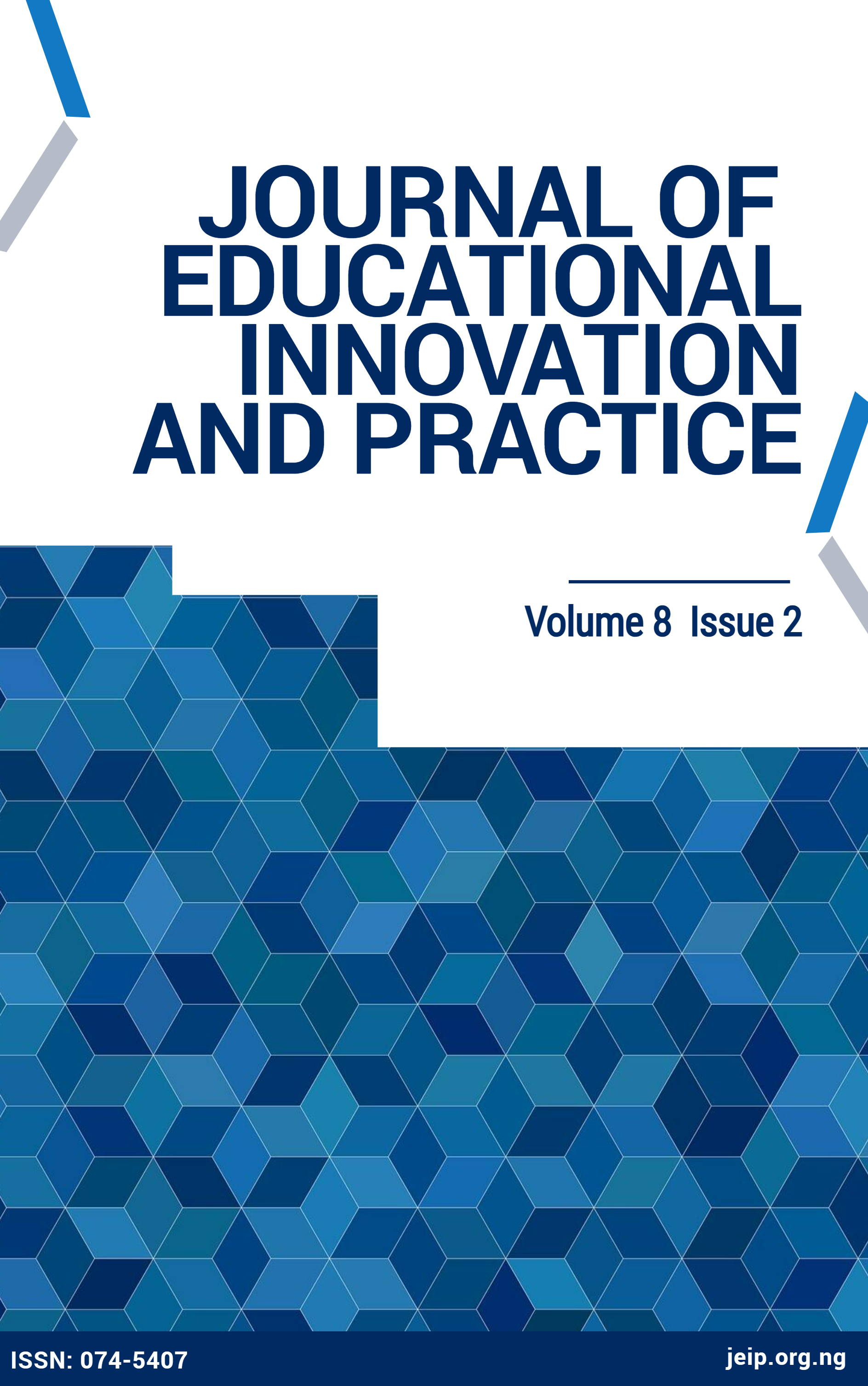IMPACT OF SOCIAL VICES AMONG IN-SCHOOL ADOLESCENTS IN ONDO STATE: GUIDANCE AND COUNSELLING INTERVENTION
Keywords:
counselling intervention, in-school adolescents, social vicesAbstract
The paper looked at the intervention of guidance and counselling to curb social vices among in-school adolescents in Ondo State. Incidences of social vices such as examination malpractice, indecent dressing, sexual immorality, lateness to school, and truancy were examined. Factors identified as responsible for social vices, such as peer group pressure, parental neglect, broken homes, lack of supervision and attention given to the needs of adolescents, were discussed. The paper also considered some societal conditions linked to social vices, such as poor governance, corruption, and lack of guidance in schools and homes. Solutions to social vices among in-school adolescents were highlighted. The paper concluded that if proper guidance counselling were given to in-school adolescents, social vices may be significantly reduced among adolescents in Ondo State, Nigeria.
Downloads
Published
Issue
Section
License
Copyright (c) 2024 Journal of Education Innovation and Practice

This work is licensed under a Creative Commons Attribution-NonCommercial 4.0 International License.
JEIP is an open-access journal that provides immediate and free access to its content. This supports the global exchange of knowledge. Readers can access and use the content without any charges, and they are allowed to read, download, copy, distribute, print, search, or link to the full texts of the articles. They can also use the content for any other lawful purpose. The author(s) upon submission and acceptance grant the journal the license to publish, display, store, copy, and reuse the content under the Creative Commons Attribution-Noncommercial 4.0 International (CC BY-NC 4.0). This license permits non-commercial use of the material, with appropriate credit given to the author(s) and the journal. The author(s) retains copyright, but the content is free to download, distribute, and build upon the material for non-commercial purposes. The full terms of this license can be seen at this link: https://creativecommons.org/licenses/by-nc/4.0/.
However, this license does not apply to third-party materials that display a copyright notice to prohibit copying. If the third-party content is not subject to a CC-BY Creative Commons attribution license, or an equally permissive license, the author(s) must comply with any third-party copyright notices.
Authors may also reuse the abstract and citation information (e.g., title, author name, publication dates) of their article anywhere, including social media such as Facebook, blogs, and Twitter. Where possible, they should include a link back to the article on the journal site.

